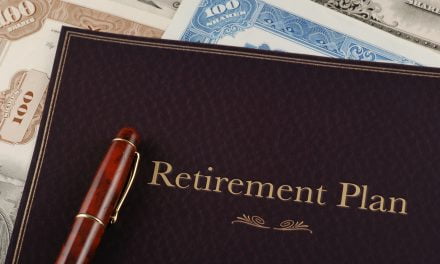Where will mortgage rates be in one year?
- Above 4.75% (52%, 63 Votes)
- 4.25% - 4.75% (23%, 28 Votes)
- 3.75% - 4.25% (19%, 23 Votes)
- Below 3.75% (6%, 7 Votes)
Total Voters: 121
The average 30-year fixed-rate mortgage (FRM) rate jumped to 4.46% in the week ending June 28. This is up from 3.93% the week earlier and has since slipped a little.
What caused this rate spike? High expectations fermented on Wall Street that the Federal Reserve (the Fed) will soon scale back its purchases of mortgage-backed bonds are to blame. All this turmoil was triggered by recent comments by the Fed Chairman, Ben Bernanke, regarding a tapering of Fed stimulative actions. The anxiety pushed the 10-year Treasury Note to 2.63%, its highest that same week. Higher 10-year T-Note yields axiomatically mean higher rates on 30-year FRMs, as mortgage-backed bondholders seek to maintain their risk margins.
However, the spread between the 10-year T-Note and the 30-year FRM was nearly 2 percentage points at week’s end. This is an amazingly depressive 0.6 percentage points higher than the historical spread of 1.4%. Distortions of 2% spreads were last seen in the Savings and Loan (S&L) liquidity crisis circa 1987.
As a result, lenders in the chain of mortgage resales and investments (specifically Fannie Mae and Freddie Mac) are profiting hugely, and are the most to blame for the distorted spread in mortgage rates – not bond market expectations.
Meanwhile, home prices continue to rise. Among low-tier home sales, prices were 20% higher in California in April 2013 compared to one year earlier. While this price rise is due entirely to speculation fever, end users (buyer-occupants and long-term investors who largely rely on financing) feel the damage, as prices rise beyond the price point they are able and willing to pay.
Some conservatives see the rate jump as a good thing. As rates increase, demand for homes and financial assets will lessen. This is one method used to stabilize the out-of-control home prices we have experienced so far this year.
Related articles:
first tuesday insight
This much is true: if mortgage rate jumps continue for several months, they will cool the home price surge. This truth is no different than a drop in rates, such as occurred in 2012, functioning as a hot catalyst bringing on a price surge, as in 2013.
Another cardinal rule has always held that end users ultimately set the maximum selling price of homes. Home prices cannot go beyond what end users of a home have as a down payment and are qualified to pay on a purchase-assist mortgage, limited to 31% of their monthly income in payments to a mortgage lender.
However, sellers tend to hold onto their asking price expectations (that sticky pricing phenomenon). High expectations cause a drop in sales volume. Then a drop in price occurs further down the road (about nine months after the beginning of a monthly decrease in sales volume – which began in December 2012).
Thus, sales volume suffers until sellers discover they must reduce their price point to move their homes. Speculator activity merely distorts the sales volume and prices temporarily, both when going up and coming down.
This past week’s jump in mortgage rates amounts to $14,000 less in purchase-assist funds that an average income-earner in California can qualify to repay. Again – this reduction occurred over the course of a single week, and a week (or a month) does not make a trend.
Will mortgage rates remain at this elevated level for long?
Probably not.
In order for the economic recovery to continue its half complete ascent out of the deep hole dug by the 2008 recession, mortgage rates will have to fall back to 3.75% at their highest, and soon.
If rates remain at their current high level, the already-suppressed home sales volume will drop even further. And if rates continue upward over the next 12 months, we are looking at a likely return to a recession. This is a conclusion the Fed will not allow.
So, don’t panic – yet. Mortgage rates will begin their steady, long-term ascent in 2015 once the Fed begins raising interest rates, as they must when in a full recovery if they are to keep the next dangerous bubble away.
We’re still at least a year and a half away from the unimpeded rise in rates.
Related article:
Re: Freddie Mac: 30-year mortgage leaps to 4.46%, highest since 2011 from The Los Angeles Times and Fed Officials Intensify Effort to Curb Surge in Interest Rates from Bloomberg














